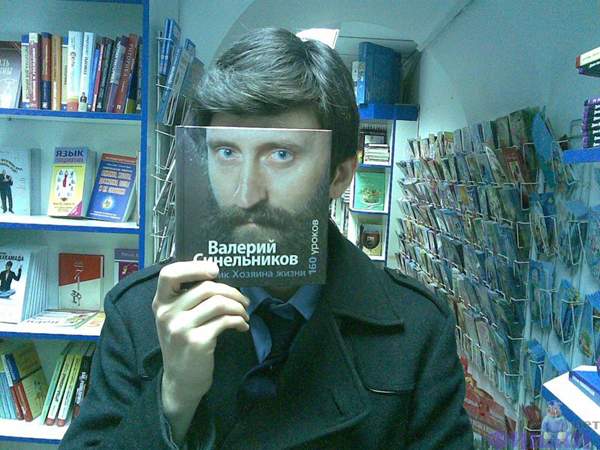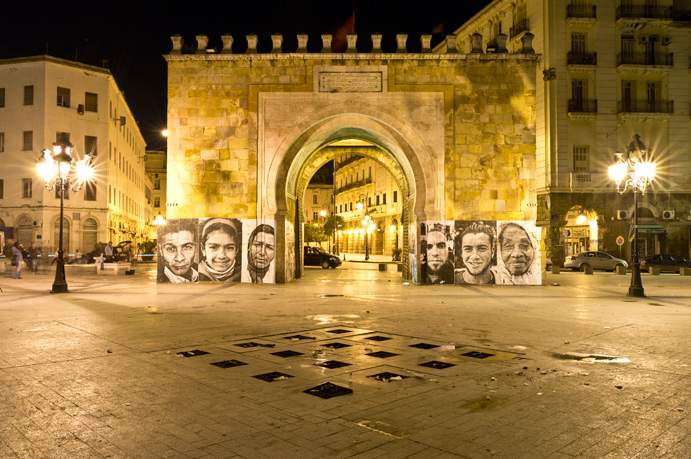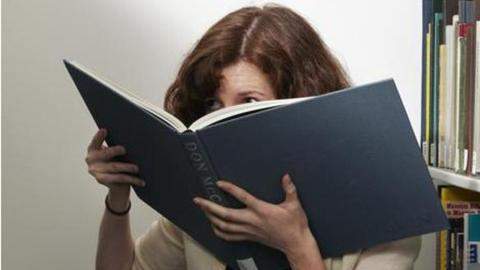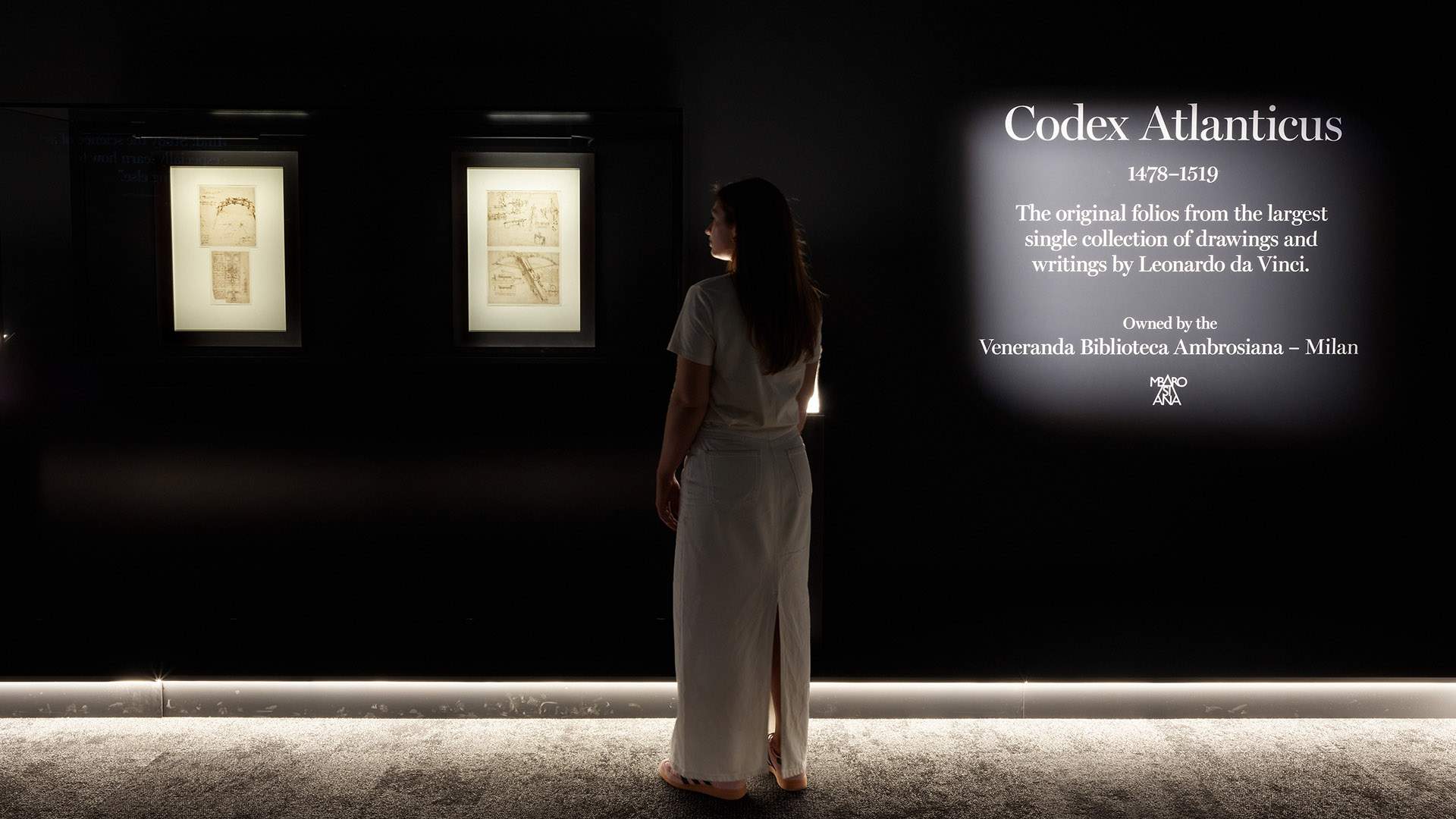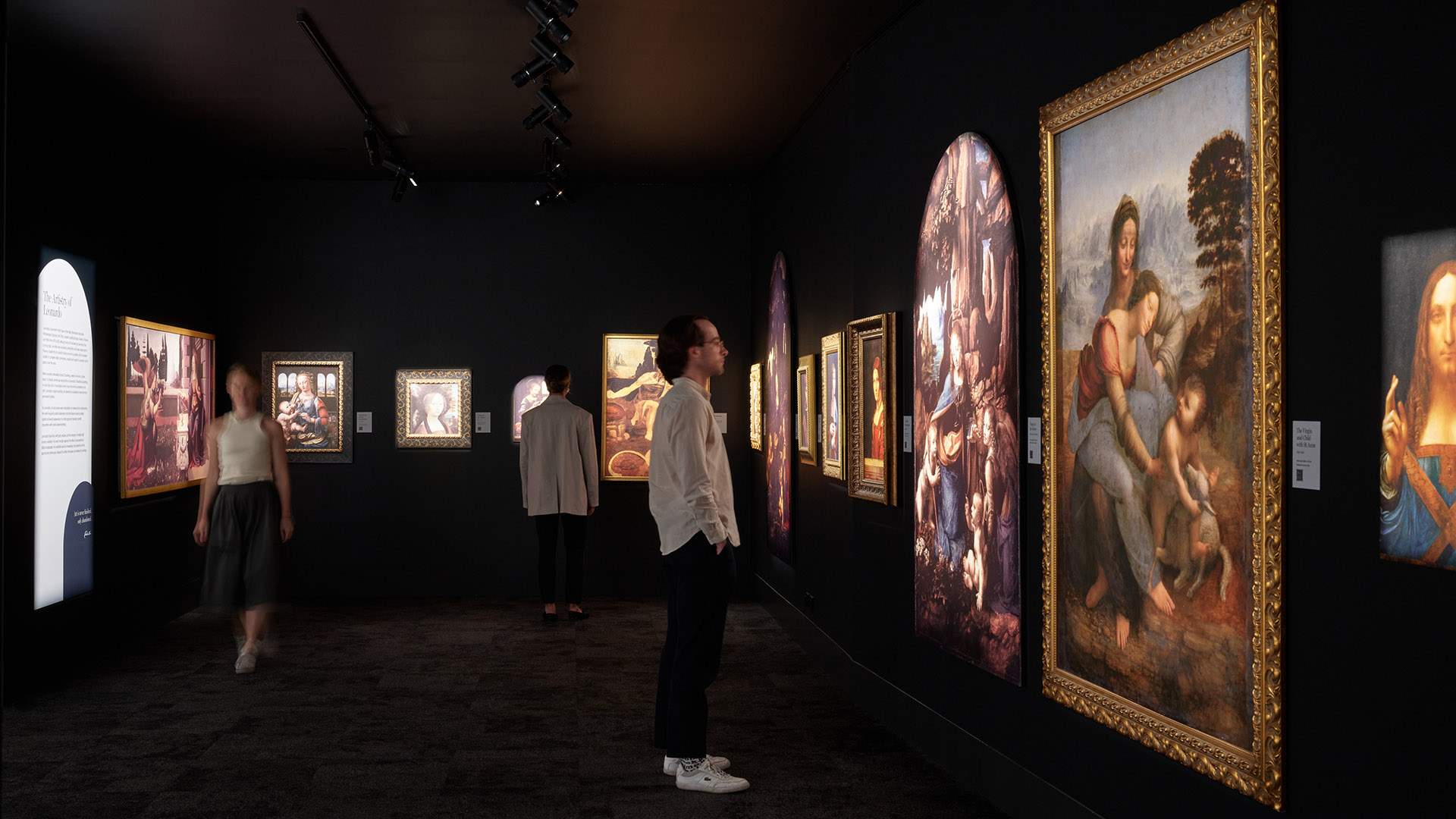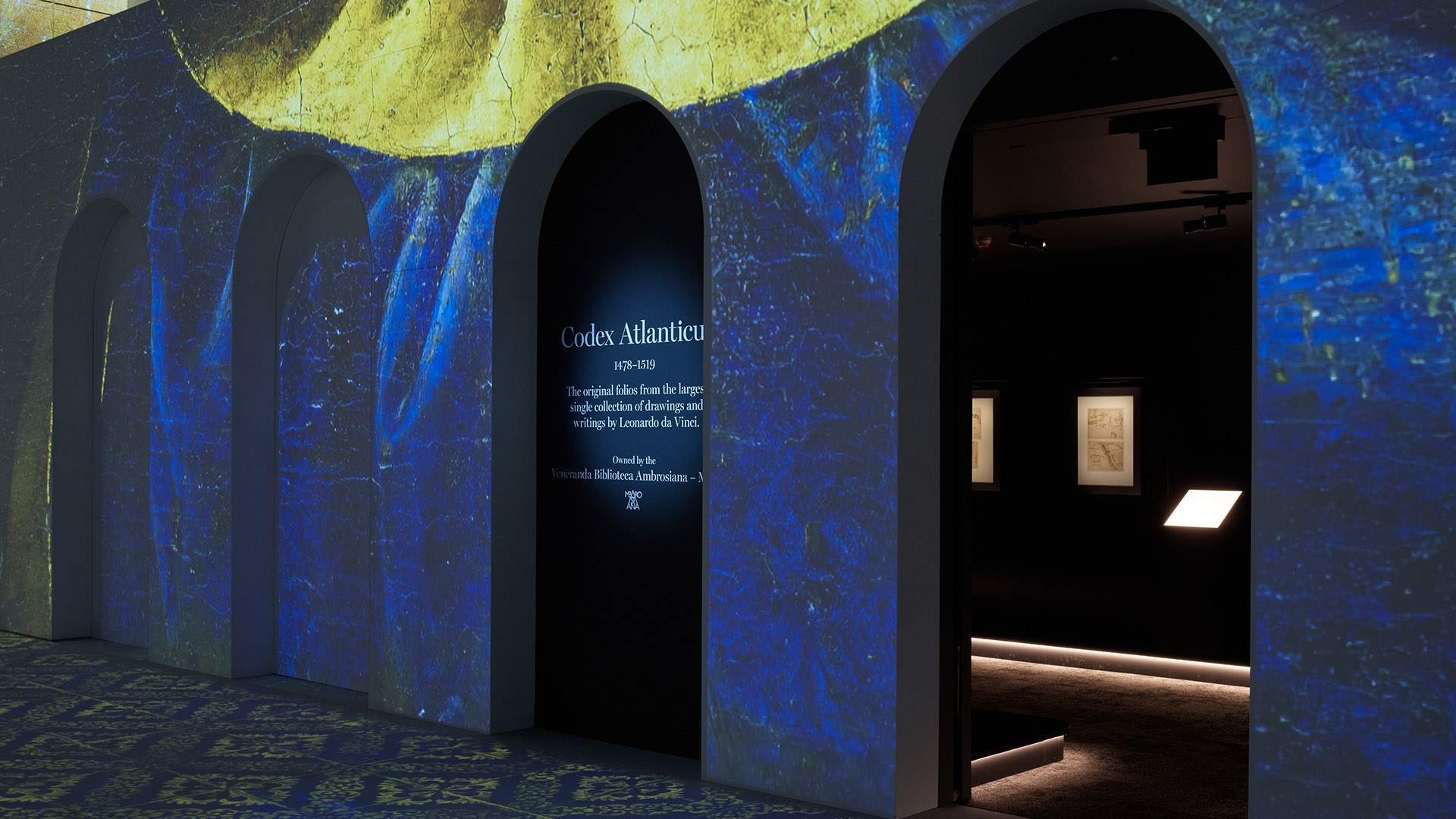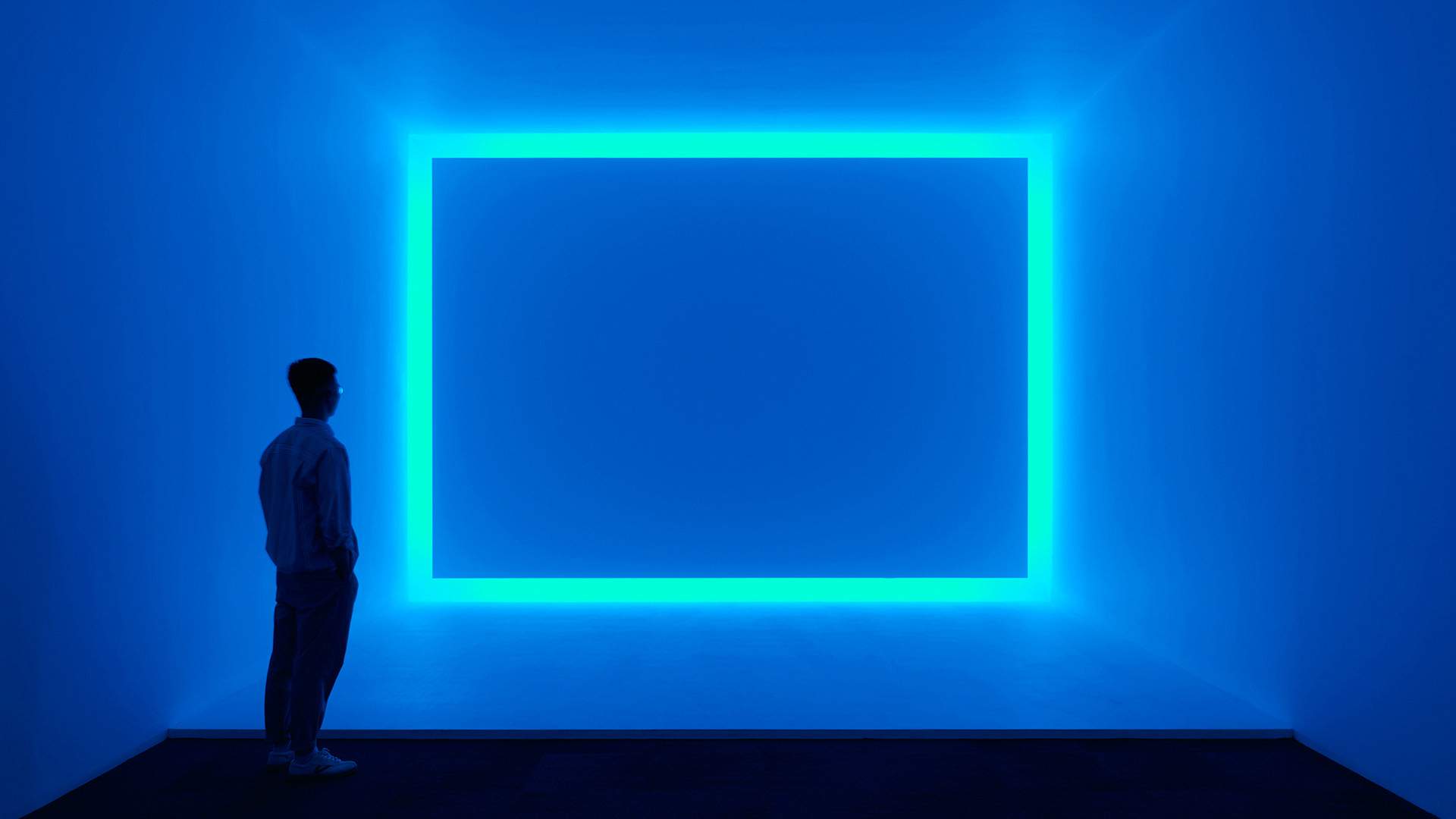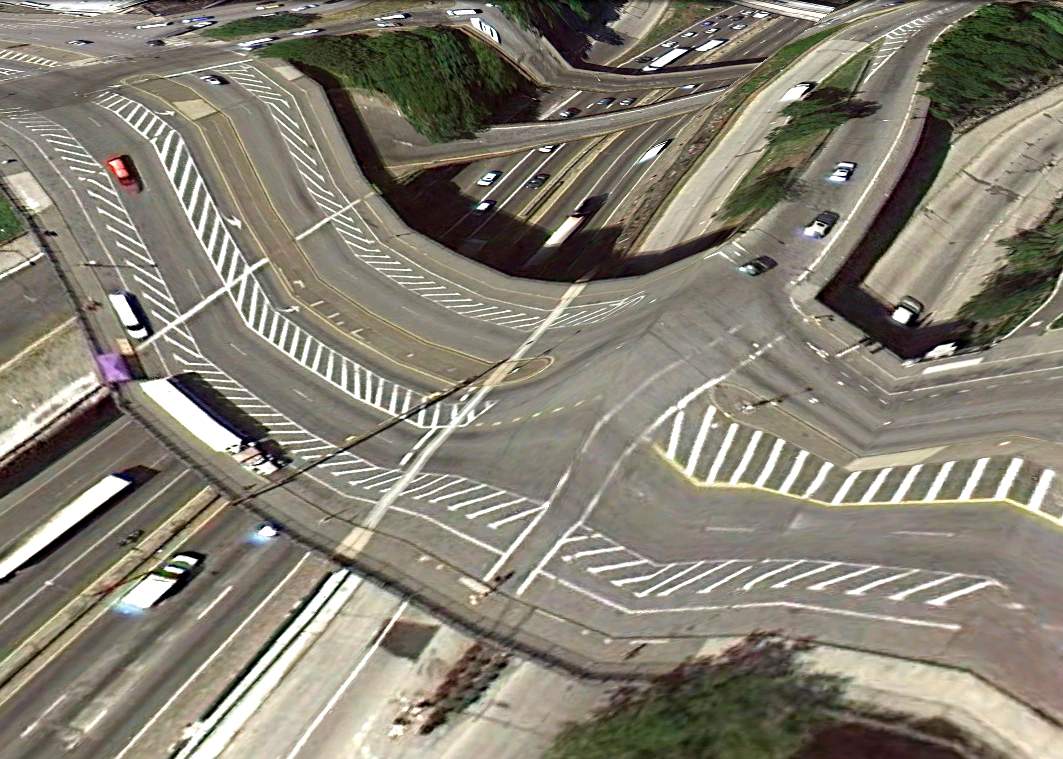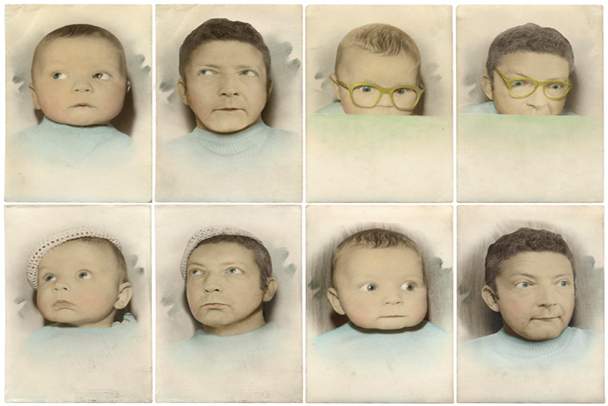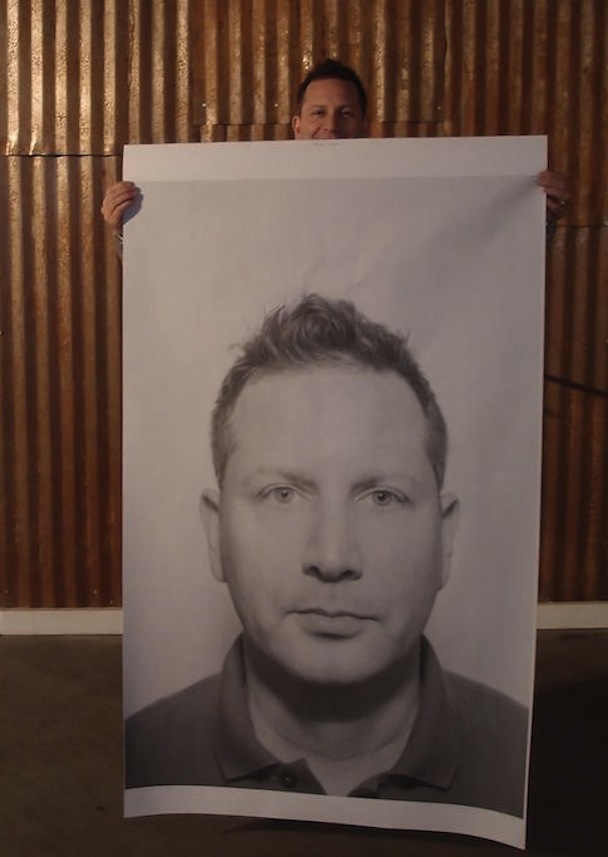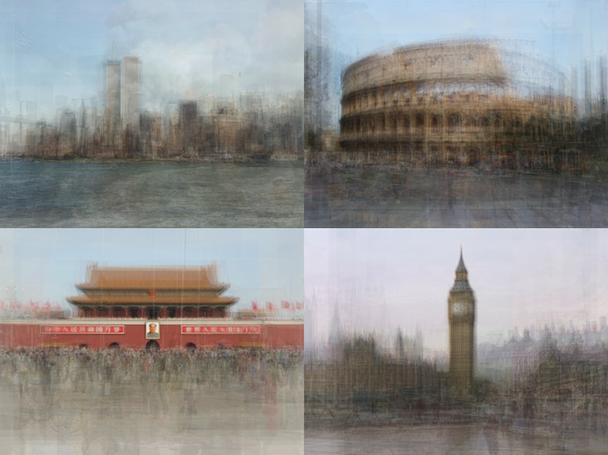-
-
-
News
BMW Art Cars Head Home
BMW Art Cars unite in Munich to celebrate the collection's 35th anniversary.
-
News
Maps Rescued and Repackaged as Art
Artist Matthew Cusick rescues a dead medium from the landfill to create beautiful and intricate collages.
-
News
Sylvester Stallone Stirs Up The Art World
Sylvester Stallone releases a collection of artwork in Switzerland.
-
News
Wake Up and Smell the Books at MoMA
Pick up your favourite old classic or buy something new, curl up wherever you are with a cup of coffee, and nuzzle your nose between the pages.
-
News
Surreal Images Caused by Google Earth Glitches
These dream-like pictures look as though they could be from the set of Inception, but they're actually screenshots from Google Earth
-
-
News
Participate in a Global Art Project and Help Turn The World Inside Out
Semi-anonymous street artist JR has won the 2011 TED Award and is appealing to you, the public, to help him turn the world inside out.
-
News
Corinne Vionnet’s Photo Opportunities Capture the Tourist Experience
Thousand's of observations from the tourist paparazzi come together in single, haunting images.
-
News
Artsicle: An Original Artwork Rental Scheme
A new scheme running in New York let's you road test your art before you make a lifetime's commitment to it.
-
News
Japanese Illustrator Exposes the Composition of Mammals
When you peel back the skin of any animal you find a world or spiderweb nerves and strangely fragile skeletons.
-
News
New Book Puts Palestinian Street Art Against The Wall
New photographs from the Palestinian territories highlight the suffering, the lives torn apart by relentless fighting, and appeal to a hope for a brighter day.
-
News
Feast Your Eyes: Ryan Matthew Smith’s Food Photography
High tech photography to match high tech cuisine.
